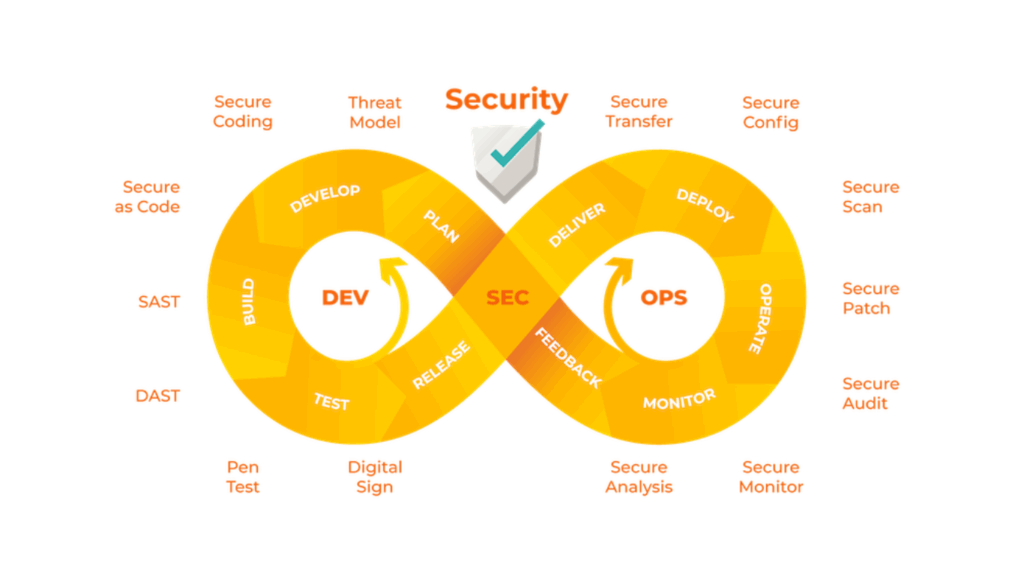In Java, we can use the train object to produce a new brochure or directory. The train class of Java give a way through which we can make or produce a directory or brochure. We use the mkdir() system of the train class to produce a new brochure.
For creating a directory, we first have to produce a case of the train class and pass a parameter to that case. This parameter is the path of the directory where we need to produce it. After that, we’ve to bring the mkdir() system using that train object. Creating scale of new flyers. The debit of the mkdir() system is resolved by the mkdirs() system. The mkdirs() system is more important than mkdir() system.
The mkdirs() system creates a scale of new flyers or directories. It creates a brochure in the same way as the mkdir() system, it also creates the parent flyers too that don’t live. Let’s take an illustration to understand how the mkdirs() system is different from the mkdir() system. import java.io.File;
import java.util.Scanner;
public class CreateFolderHierarchy { / main() system start
public static void main( String args()) { / Using Scanner class to get the path from the stoner where he wants to produce a brochure.
(“Enter the location where you want to produce a brochure”); Scanner sc = new Scanner(System.in);
String path = sc.next(); / Using Scanner class to get the brochure name from the stoner (” Enter the name of the asked a directory”);
path = pathsc.next(); / Instantiate the train class
train f1 = new train( path); / Creating a brochure using mkdirs() system boolean bool2 = f1.mkdirs();
if( bool2){ (” Folder is created successfully”);
differently{ (” Error set up!”);
When we pierce the asked position, we see the created folder. However, the mkdirs() make it available by creating all the parent flyers that don’t live in the system. If the stoner enters an unapproachable position.
Generalities in Core Java:
1. Java Fundamentals: It represents the main variant of Core Java, generally used for developing regular desktop operations. It comprises of a subset of the Java SE methodology which will incorporating both general- purpose as well as the specific- purpose APIs, by combining essential Java capabilities with a comprehensive understanding of the language.
2. OOPs generalities Object- acquainted Programming( OOP) is the programming paradigm that’s principally grounded on the generalities of objects that include data and geste
We all know Java is an object-oriented language. Overloading and Overriding system Overloading. It enables a class of different types of parameter lists to have numerous styles with analogous types of names.
Method Overriding: It happens when the class gives a particular perpetration for a system that has been determined in its superclass
4. Heritage with Interface and Abstract Class: In Core Java, the generalities of heritage allow the class to have parcels and styles from a superclass through the “extends” keyword. By this, you can fluently exercise the law and define ordered connections between the classes. Further, the interface is a collection of abstract styles that demonstrate the association that applied classes must follow. Then different classes can apply different interfaces.
5. Exception Handling Exceptional running, as the Core Java conception, helps software inventors to manage runtime crimes and unlooked-for situations. It will be making use of the “try-blocks for the reason of the catching and handling exceptions. This is where it will prevent and abrupt the program termination.
6. Packages: In Core Java Syllabus, packages are the Core Java generalities that allow the organisation and grouping of affiliated classes and interfaces. Using this, you can manage the namespace and allow law conservation and its exercise.
7. Collections: Collections in Java involves managing a group of objects that provides class and affiliate to keep and manipulate different objects and their groups. It’s substantially the data structures, like lists, charts, sets, etc., which give different algorithms to associate with such a collection.
8. Multithreading: Multithreading in Java allows the handling of different vestments contemporaneously. The Core Java gives erected- support for multithreading by Thread class and Runnable interface.
9. Swings: Java Swings is a Graphical stoner Interface in the conception of Core Java that helps to develop desktop apps with a quality visual interface. It has a certain set of factors like buttons, textbook fields, and markers. Similar options can be customised to produce interactive apps.
10. Applets: Once hailed as dynamic web content, applets are small Java programs bedded within web runners. Although their fashionability has lowered due to advancements in web technologies, applets formerly played a significant part in furnishing interactive content on websites. To know further about Java Applets relate to this composition Java Applets Basics.





























